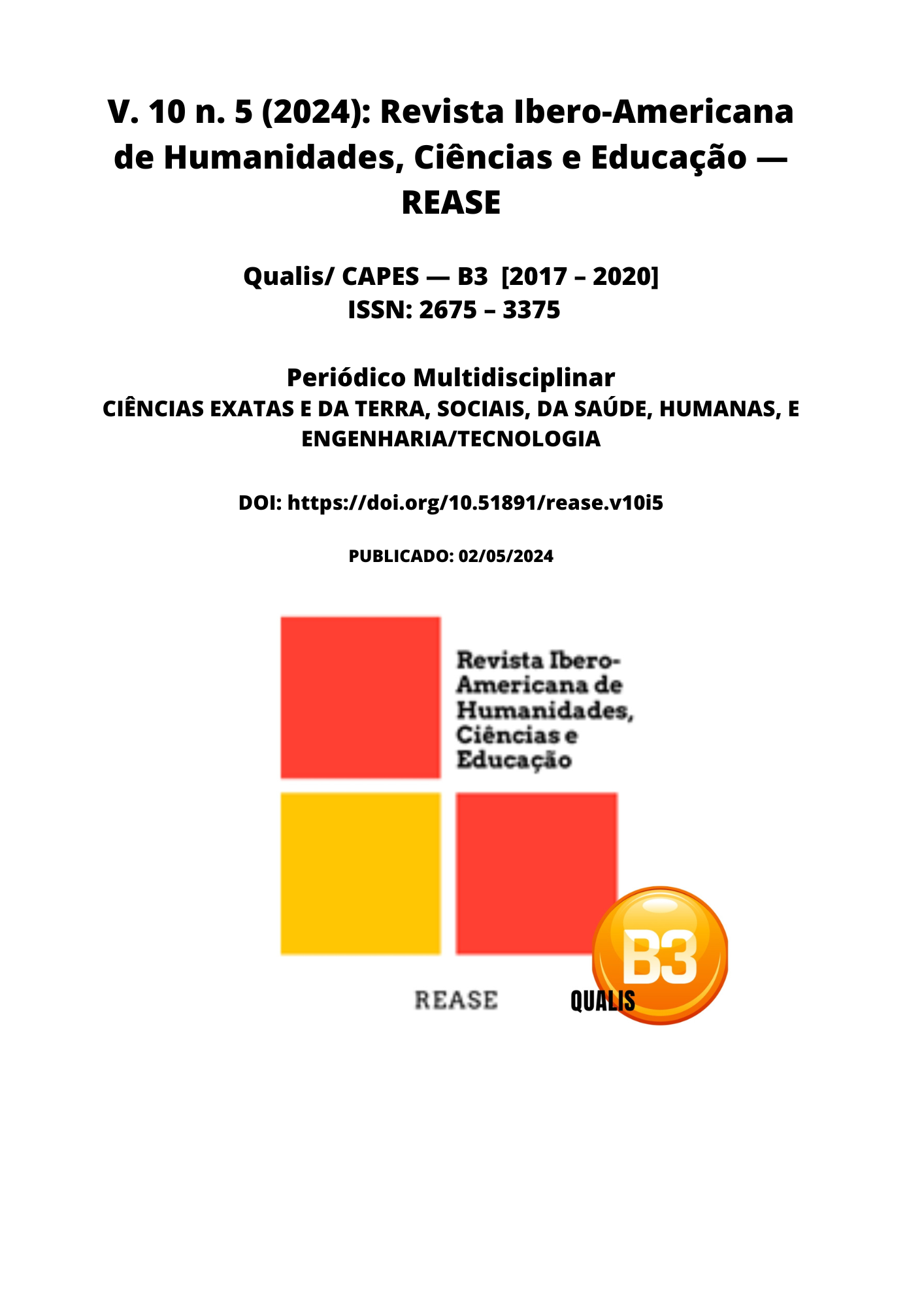REVERSE AFFECTIVE ABANDONMENT IN THE LIGHT OF JURISPRUDENCE
DOI:
https://doi.org/10.51891/rease.v10i5.14032Keywords:
Affective Abandonment. Inverse. Negligence. Judicial Decisions.Abstract
Reverse affective abandonment is an expression that reflects changes in family structures and the roles played by its members. Traditionally, emotional abandonment was conceptualized as parents' neglect of their children, but the evolution of family relationships has brought to light situations in which children themselves neglect the emotional care of their elderly parents. In this context, supervision plays a fundamental role in the interpretation and application of the Law, providing guidance on how courts have faced cases of reverse emotional abandonment, which is extremely important for society. Given this context, this research proposes an in-depth analysis of reverse affective abandonment in light of case law, intending to understand how the courts interpreted and decided on this delicate issue. Based on a review of court cases, applicable legislation and specialized literature, we seek to identify decision-making patterns, legal gaps and challenges faced by judges in the characterization and treatment of reverse affective abandonment. Furthermore, it is intended to contribute to the academic and legal debate on the protection of the emotional rights of elderly parents and the construction of a solid conceptual basis to guide future judicial decisions and public policies. To make this possible, the methodology applied here is a qualitative bibliographic review that will be based on the most diverse scientific publications related to the topic and indexed in databases such as Google Scholar and SciElo, as well as legislation applicable to the discussion. In summary, the reverse affective abandonment in relation to the elderly in light of jurisprudence highlights the importance of ensuring respect for the rights and dignity of the elderly, always seeking to find solutions that promote the well-being and protection of these vulnerable individuals.
Downloads
Downloads
Published
How to Cite
Issue
Section
Categories
License
Atribuição CC BY

